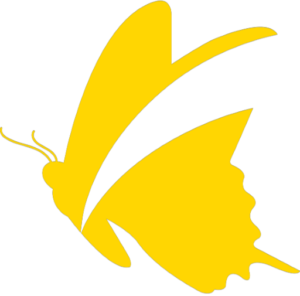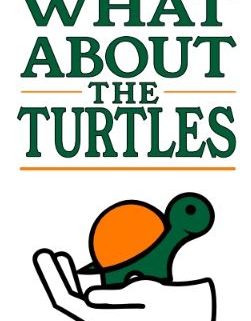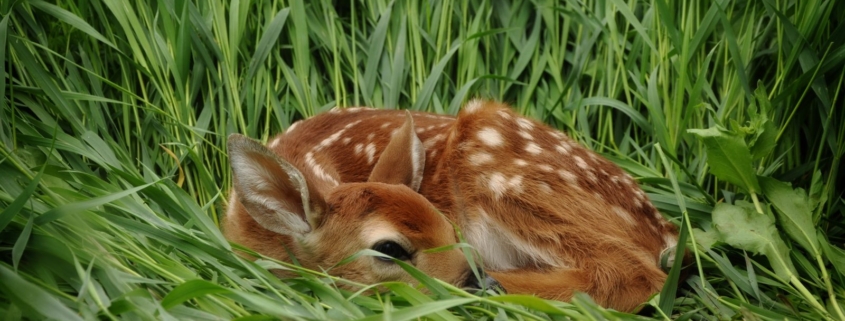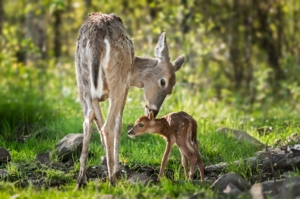What About the Turtles?
During construction projects in Northern Virginia that include deforestation, the sites are required to have perimeter erosion control measures, often black plastic silt fence, often reinforced with chain link. Most of the displaced wildlife can escape by climbing, jumping, or flying out, but what about the turtles? Eastern box turtles often get barricaded in where they exhaust themselves trying to escape, desiccate in the sun, or get eaten by roving predators.
Tanya Finch, a Virginia Master Naturalist with the Banshee Reeks chapter, started What About

Photo: Tanya Finch
the Turtles? (formerly Tanya’s Turtle Project) in 2021. They work with construction contractors to gain access to construction sites and have volunteers walk the perimeter in search of critters that need a helping hand. They work with A.E.R.O. Animal Rescue for any injured wildlife and K2C Wildlife for assistance with venomous snakes we may encounter. They give presentations to local community groups on their important work, and how everyone can get involved.
In 2024, they saved 177 creatures including multiple species of turtles, 2 species of snakes, and a great blue heron from construction sites. This is thanks to including aquatic turtles in our efforts, rather than just terrestrial box turtles. If you see new construction sites, please email Tanya at tanyasturtleproject-gmail.com@shared1.ccsend.com the location so she can see about coordinating a site walk.
Interested in volunteering? Check out their website at https://www.whatabouttheturtles.org/.




